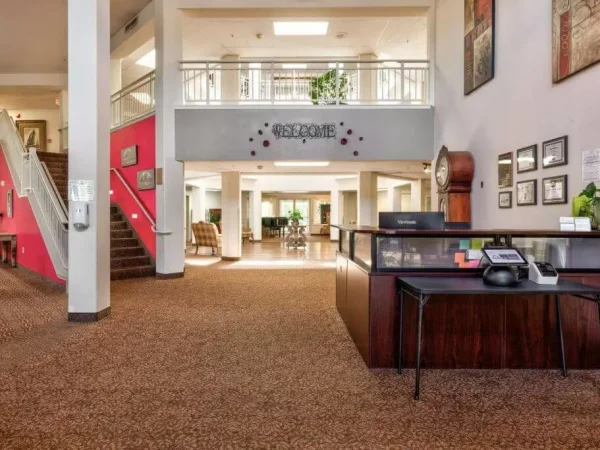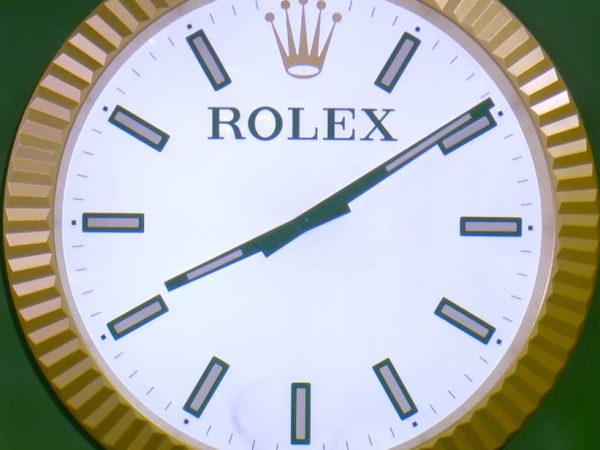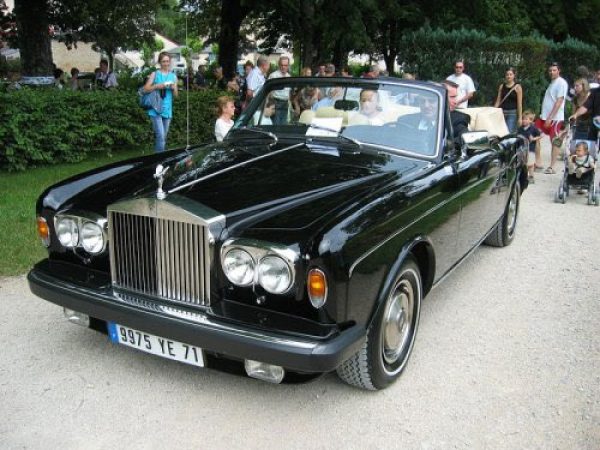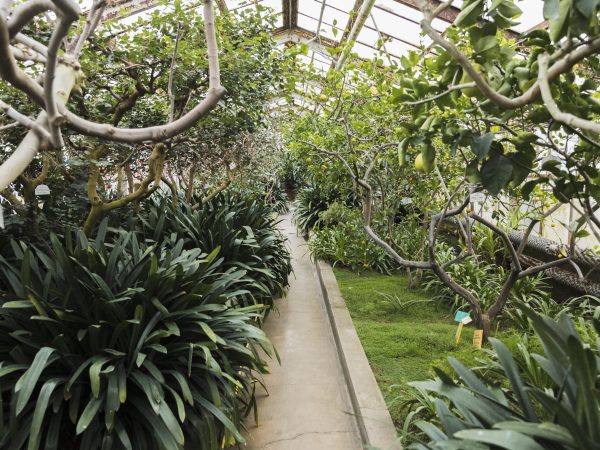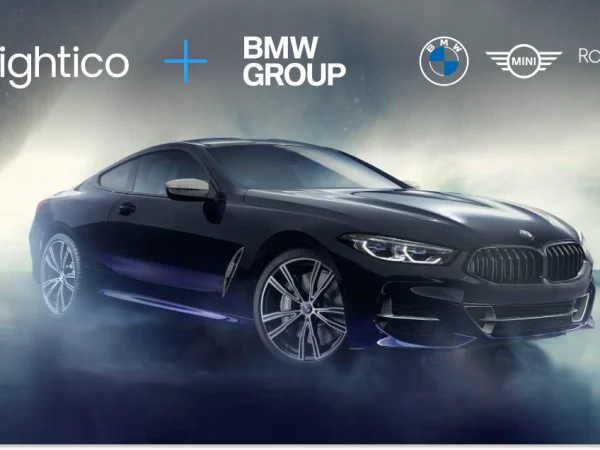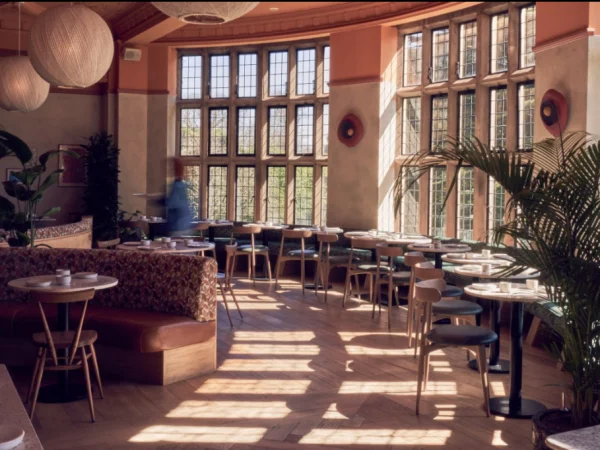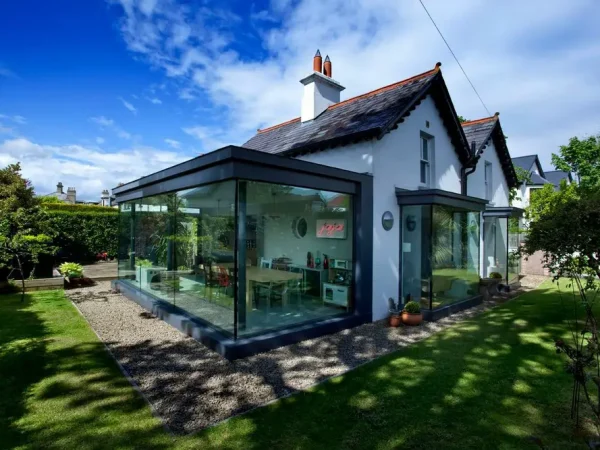WPC vs PVC: 7 Crucial Differences Every Buyer Must Know

In the world of construction and interior design, choosing the right materials can make all the difference. When it comes to outdoor decking, flooring, or siding, two popular options stand out: Wood-Plastic Composite (WPC) and Polyvinyl Chloride (PVC). Both offer unique features and benefits, but understanding the differences between WPC and PVC is essential for making an informed decision. In this comprehensive guide, we’ll delve into the seven crucial distinctions that every buyer must know when considering WPC vs PVC.
WPC vs PVC: Composition and Core Ingredients
When comparing WPC vs PVC, it’s essential to start with their composition. WPC typically consists of a blend of wood fibers and thermoplastics, offering a natural look with added durability. On the other hand, PVC is made entirely of synthetic materials, primarily vinyl, providing exceptional resistance to moisture and rot.
WPC vs PVC: Appearance – Natural Wood vs. Synthetic Finish
One of the most noticeable differences between WPC and PVC is their appearance. WPC tends to mimic the look and feel of natural wood, with various grain patterns and colors available. In contrast, PVC often features a more uniform and synthetic appearance, suitable for modern or minimalist design preferences.
WPC vs PVC: Durability – Withstanding the Test of Time
Durability is a critical factor for any outdoor application. WPC is known for its resilience against rot, decay, and insects, making it a popular choice for decking and fencing. PVC, on the other hand, boasts exceptional resistance to moisture, stains, and scratches, ideal for areas prone to high humidity or heavy foot traffic.
WPC vs PVC: Maintenance – Ease of Care and Longevity
When it comes to maintenance, WPC and PVC offer distinct advantages. WPC requires regular cleaning and periodic sealing to maintain its appearance and integrity. In contrast, PVC requires minimal upkeep, as it is inherently resistant to moisture, mold, and fading, making it an excellent choice for low-maintenance applications.
WPC vs PVC: Environmental Impact – Sustainability and Eco-Friendliness
Concerns about environmental sustainability are driving more consumers to seek eco-friendly building materials. WPC, made from recycled wood fibers and plastics, offers a greener alternative to traditional lumber. PVC, while durable and long-lasting, raises environmental concerns due to its reliance on non-renewable resources and potential for off-gassing.
WPC vs PVC: Installation – Ease of Assembly and Versatility
Both WPC and PVC offer ease of installation compared to traditional materials like wood or stone. WPC typically comes in interlocking planks or tiles, allowing for straightforward assembly without the need for specialized tools. PVC, known for its lightweight and flexible nature, can be installed using various methods, including adhesive bonding or mechanical fastening.
WPC vs PVC: Cost – Balancing Budget and Quality
Cost is often a significant factor in decision-making when choosing between WPC and PVC. While WPC tends to be more affordable upfront compared to PVC, it may require more maintenance and replacement over time, potentially increasing long-term costs. PVC, although initially more expensive, offers greater durability and longevity, making it a cost-effective investment in the long run.
WPC vs PVC: Sustainability – Examining the Environmental Footprint
As sustainability becomes increasingly important in construction, evaluating the environmental impact of materials like WPC and PVC is crucial. WPC, composed of recycled wood fibers and plastics, offers a more sustainable option compared to PVC, which relies on non-renewable resources and can pose challenges for recycling and disposal.
WPC vs PVC: Flexibility and Versatility – Adapting to Diverse Applications
Flexibility and versatility are key considerations when choosing between WPC and PVC for various projects. WPC, with its natural wood-like appearance and texture, is well-suited for outdoor decking, fencing, and landscaping applications. PVC, known for its uniform finish and synthetic feel, excels in areas requiring moisture resistance, such as bathrooms, kitchens, and commercial spaces.
WPC vs PVC: Lifespan and Warranty – Ensuring Long-Term Performance
The lifespan and warranty offered by WPC and PVC manufacturers play a significant role in decision-making. While WPC typically comes with warranties ranging from 10 to 25 years, PVC often offers longer warranties due to its superior durability and resistance to wear and tear. Understanding the warranty coverage and terms is essential for ensuring long-term performance and peace of mind.
Conclusion
In conclusion, the choice between WPC vs PVC involves weighing various factors, including composition, appearance, durability, maintenance, cost, sustainability, flexibility, and warranty. By carefully considering these crucial differences, buyers can select the material that best meets their specific needs and preferences. Whether opting for the natural charm of WPC or the unmatched resilience of PVC, both materials offer unique advantages for enhancing indoor and outdoor spaces with style, functionality, and peace of mind.
FAQs
Q1: Can WPC and PVC be used interchangeably?
While both WPC and PVC offer versatile applications, they are not always interchangeable due to differences in composition, appearance, and performance. It’s essential to assess the specific requirements of your project before selecting the most suitable material.
Q2: Which material is more environmentally friendly: WPC or PVC?
WPC is generally considered more environmentally friendly than PVC due to its use of recycled materials. However, both materials have their environmental impacts, and factors such as recycling capabilities and end-of-life disposal should be taken into account.
Q3: Are there any health concerns associated with WPC or PVC?
WPC is generally considered safe for indoor use, but precautions should be taken during installation to minimize dust inhalation. PVC, while durable, can release harmful chemicals during production and disposal, raising potential health concerns.
Q4: Can WPC and PVC be painted or stained?
WPC can be painted or stained to alter its appearance, but it may require special preparation and maintenance. PVC, on the other hand, typically does not require painting or staining due to its synthetic finish, but it can be painted using specific products designed for vinyl surfaces.
Q5: Which material offers better resistance to extreme weather conditions: WPC or PVC?
Both WPC and PVC offer excellent resistance to moisture and weathering, but PVC generally performs better in extreme conditions due to its synthetic composition. However, proper installation and maintenance are essential for maximizing the longevity of either material in harsh climates.
Also read: ONE VISION HOUSING: THE 4 PILLARS OF SUCCESS IN HOUSING SOLUTIONS

